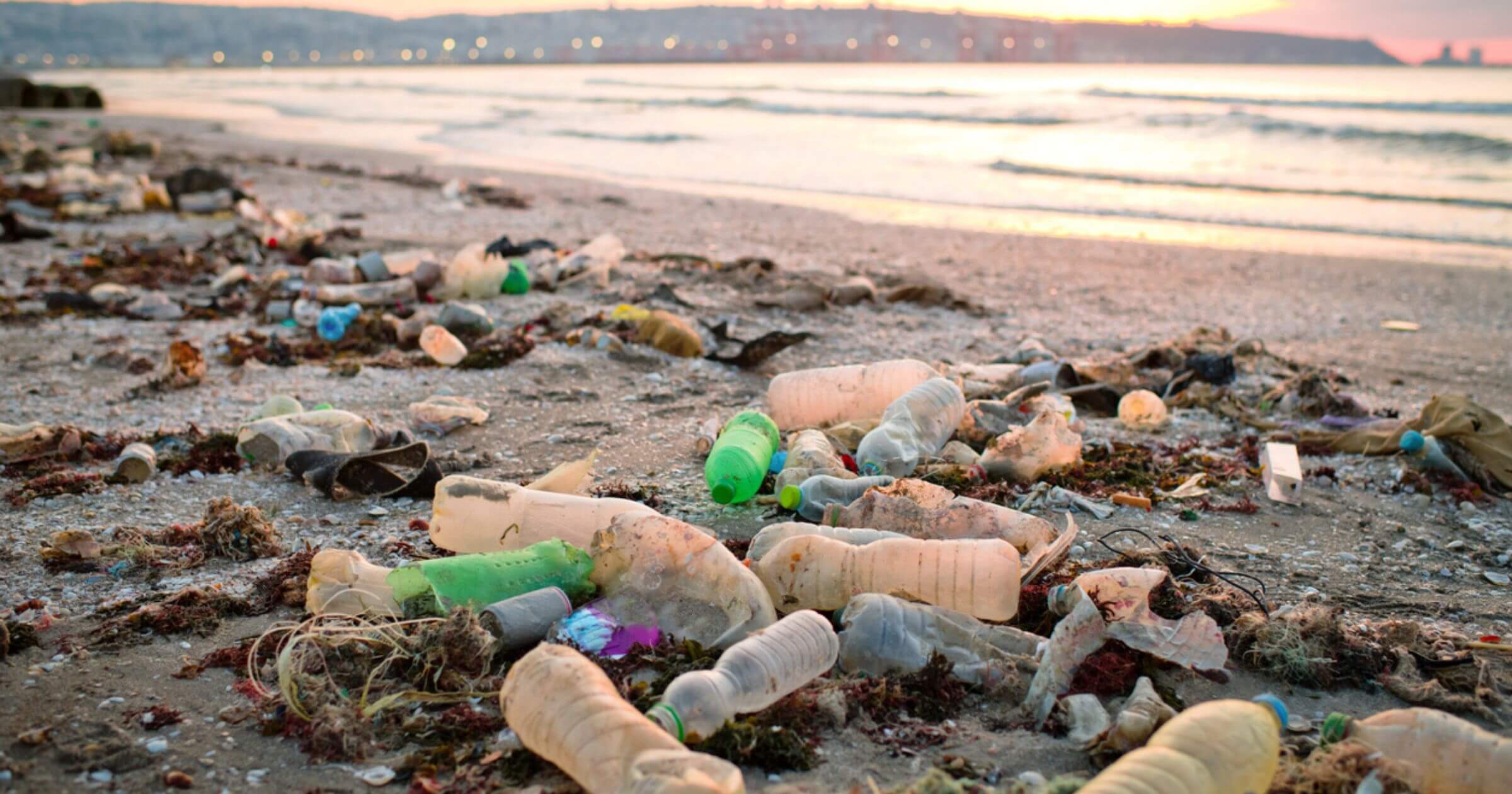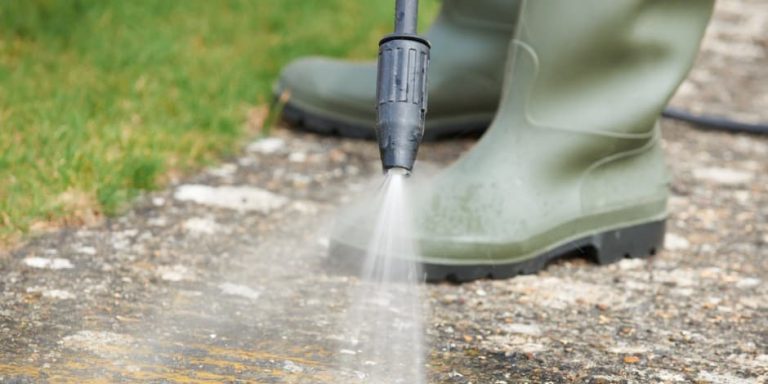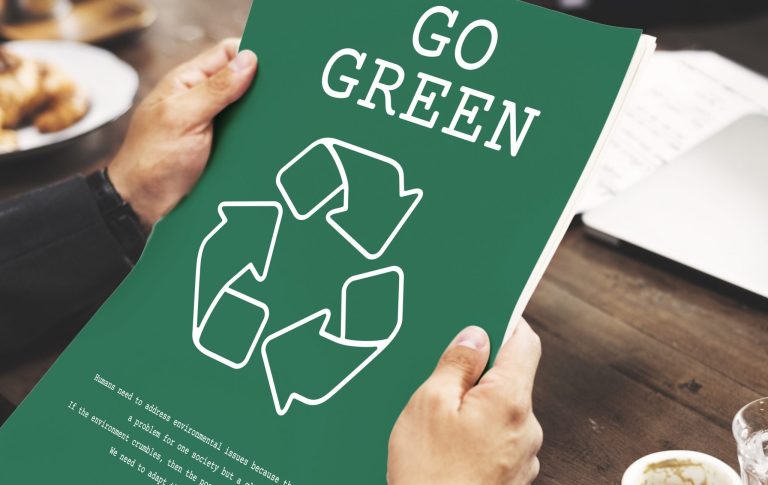
When people think of plastic pollution, they often imagine grocery bags drifting through oceans or bottles piling up in landfills. But there’s a less obvious contributor that most homeowners and even professionals overlook—pressure washing. Yes, that same cleaning method used to make homes sparkle can be a hidden source of microplastic pollution, especially when used on plastic surfaces and synthetic materials.
Let’s dive deep into how pressure washing can unintentionally worsen the plastic problem and what you can do to minimize the environmental impact. 🌍
🧱 The Rise of Plastic Surfaces in Modern Construction
Over the last few decades, plastics and synthetic composites have become staples in residential and commercial construction. They’re durable, affordable, and weather-resistant—but also problematic when they degrade. Common plastic-based materials you might pressure wash include:
- Vinyl siding
- PVC fences and trim
- Composite wood decking (plastic-wood blend)
- Plastic patio furniture
- Play structures and coated surfaces
These materials don’t last forever. As they age and weather, they begin to break down at the surface, becoming brittle and more prone to micro-abrasions—especially when hit with high-pressure water jets.
🧬 What Are Microplastics—and Why Are They Dangerous?
Microplastics are plastic fragments smaller than 5mm, and some are so tiny they’re invisible to the naked eye. They form when larger plastic items degrade due to sunlight, heat, or mechanical force—like the pressure from a power washer.
Once released, microplastics:
- Linger in the environment for hundreds of years
- Are ingested by fish, birds, and even humans
- Accumulate in soil, rivers, lakes, and oceans
- Can carry toxic chemicals like pesticides and flame retardants on their surface
While a single pressure washing session may not seem like a big deal, repeated cleanings over time—especially on aging plastic surfaces—can release thousands, even millions of these tiny fragments into your yard, garden, or stormwater system. 🧼💦
🌊 How Pressure Washing Spreads Microplastics
The process of power washing involves directing water at a surface with high force—anywhere from 1,500 to 4,000 PSI. When that surface is plastic or coated with plastic-based paint, it can begin to shear off flakes, chips, and particles. If these particles are not collected or contained, they’re easily carried away by runoff.
This runoff often:
- Flows into storm drains, leading directly to lakes or rivers
- Soaks into the soil, where particles can alter microbial ecosystems
- Washes into gardens, affecting edible plants
- Drains into gutter systems, where they can re-release into the environment during future storms
Unfortunately, many power washers are used in areas without filtration or runoff control, especially by DIYers at home.
❌ Common Offenders: Surfaces to Be Careful With
Some surfaces are far more likely to shed microplastics under pressure:
- Old vinyl siding that’s chalky or brittle
- Weathered composite decking that’s begun to splinter
- Plastic outdoor furniture with peeling paint or UV damage
- Painted surfaces with plastic-based coatings
- Playgrounds and synthetic turf
Even “eco-friendly” plastics used in newer construction can still degrade into microplastics when blasted with high pressure.
✅ Eco-Conscious Alternatives and Solutions
If you want to clean responsibly while minimizing microplastic pollution, here are some steps you can take:
🧽 1. Use Lower Pressure Settings
Adjust the nozzle to a lower PSI or switch to a soft-wash system. Less force = less abrasion = fewer microplastics.
💦 2. Pre-Rinse and Scrub First
Manually scrub or rinse the surface to loosen debris before pressure washing. This allows you to use lower pressure when you wash.
🧴 3. Avoid Washing Cracked or Aging Plastics
If the surface is flaking, chalky, or cracked, avoid pressure washing it entirely. Use gentle scrubbing with eco-safe detergents instead.
🛑 4. Direct Runoff to Absorbent Areas
Avoid letting rinse water flow into drains or stormwater systems. Direct it to gravel patches, grass, or soil berms where it can be filtered.
♻️ 5. Upgrade to More Durable Materials
Consider replacing aging plastic decking or siding with more sustainable options like natural wood, fiber cement, or metal.
🧼 6. Use Filtration Tools
Commercial operations can use runoff capture mats, filter socks, or wet vac systems to collect water and contaminants.
👨🔬 What Science Says About Power Washing and Microplastics
Recent environmental studies have shown that microplastic particles from household sources—like synthetic fabrics, paints, and decking—make up a significant portion of plastic waste in waterways. These pollutants often slip through municipal filtration systems, making prevention at the source essential.
That means your driveway, patio, or siding could be part of the problem… unless you take action.
🧠 Final Thoughts
Pressure washing may seem like a harmless way to clean your home, but when it comes to synthetic materials, it can be a hidden source of pollution. By being thoughtful about the surfaces you wash, the settings you use, and how you manage runoff, you can greatly reduce your contribution to microplastic waste.
Clean smarter. Clean greener. Clean with the future in mind. 💚♻️🧼
Browse Amazon Here For Eco-Friendly Pressure Washing Detergents






